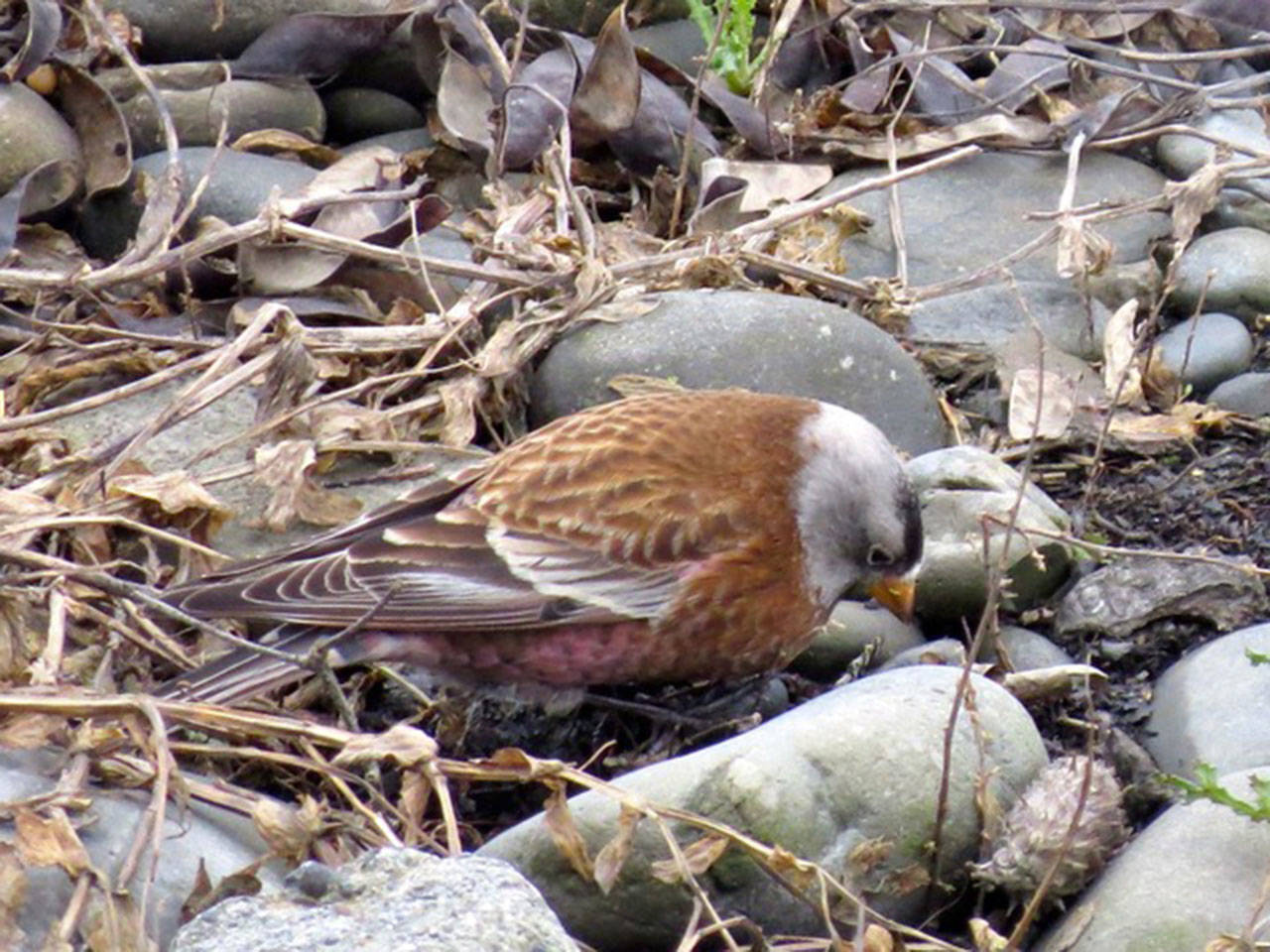As the climate warms, birds are forced to adapt by searching for suitable habitat and climate conditions elsewhere. When the places where they live (their ranges) shift, they may not adapt quickly enough to survive.
The new “Survival by Degrees” publication from the National Audubon Society models with precision — down to 1 kilometer — how each bird species’ range will likely shift from climate change and other human impacts.
The study takes advantage of 140 million observations by birders and scientists, and 70 data sources including the U.S. Geological Survey, eBird and the North American Breeding Birds Survey.
This model breaks down vulnerability by degrees of climate warming. At 3 degrees Centigrade (5.4 degrees Fahrenheit) temperature rise, of the 157 species of our local summer birds included in the study, 56 percent face high to moderate threat, losing more than half their current seasonal range.
One example of a highly threatened species is the Red-breasted Sapsucker. Living in temperate coastal Pacific habitat, it is the least migratory of the sapsuckers. In the Pacific Northwest, coastal birds may be permanent residents. The model predicts 93 percent of their current summer range will be lost if global warming reaches 3 degrees Centigrade, and on the Olympic Peninsula, they will likely move up in elevation where they will gain 10 percent new range amid the highest peaks of the Olympic Mountains.
Thirty-six highly threatened summer species include five species of waterfowl, several shorebirds, many flycatchers, three thrush species, White-crowned and Savannah Sparrows and three warbler species.
Moderately threatened summer species are even more numerous, including the Harlequin Duck, Common Loon, Pigeon Guillemot, crows, jays, and most gulls, several swallow species and most other waterfowl.
What summer birds are less threatened or stable? Turkey vultures, Brown Pelican, Kildeer, herons, most hawks, falcons, woodpeckers, blackbirds, Brown-headed Cowbirds, Pacific and Bewick’s Wrens are predicted to be stable.
The model for 165 species of winter birds identifies 11 highly vulnerable birds at 3 degrees Centigrade global warming, including the American Dipper, California Quail, Northern Pygmy-Owl, Barrow’s Goldeneye, Townsend’s Solitaire and Canada Jay.
The Brant is projected to lose 84 percent of its current U.S./Canadian summer range, gaining only 17 percent of new summer range. No other geese nest as far north in the high Arctic, and Brant are under Special High Risk from sea level rise.
The Brant in the Pacific Flyway gather in large numbers at Izembek Lagoon in Alaska after breeding, and depart together for a long overwater migration, flying at altitudes of several thousand feet, until dispersing to their wintering areas on the Pacific Coast. On their wintering grounds, 52 percent of their U.S./Canadian range is projected to be lost. The remaining 48 percent of their maintained winter range includes the Dungeness National Wildlife Refuge, using detailed projections.
Overall, two-thirds of birds in the U.S. face increased risk of extinction from climate change. By habitat, the birds most at risk are Arctic, Boreal and Western Forest Birds, and Waterbirds — encompassing many of our summer and winter birds here in the Olympic Peninsula.
These projections are especially concerning because overall bird populations have declined significantly since 1970.
In “Decline of the North American avifauna” published in the Oct. 24, 2019 volume of the prestigious journal Science, Rosenberg and colleagues found that 29 percent, or about 3 billion fewer birds were found in the U.S. and Canada compared to 1970.
“The Survival by Degrees” model offers hope. If we are able to keep climate change in the 1.5 degrees C range, we can improve the chances for hundreds of bird species.
Birds are resilient, and only three winter species in our area will remain highly vulnerable under a 1.5 Centigrade degree warming scenario: Rock Sandpiper, Clark’s Nutcracker and Gray-crowned Rosy-Finch.
In summer, our Red-Breasted Sapsucker and Barrow’s Goldeneye remain highly vulnerable.
Simple ideas to help birds include making windows safer from collisions by using screens or films, reducing lawn and planting native plants, and avoiding pesticide use. For more simple steps, take a look at www.3billionbirds.org/ 7-simple-actions.
To find out more about “The Survival by Degrees” model and the specific information for each of our bird species, go to www.audubon.org/climate/survivalbydegrees/county?zipCode=98382.
Judith White is President of the Olympic Peninsula Audubon Society.


